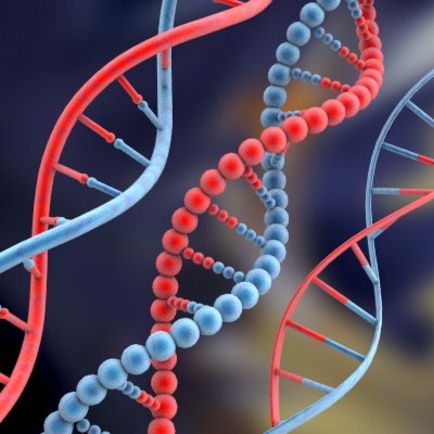 New Study Lends Additional Support To Grandmother Hypothesis
New Study Lends Additional Support To Grandmother HypothesisKids driving you crazy? Most parents don’t hesitate to pick up the phone and call grandma when...
 Bones Of Contention: Dinosaur Cells Survived Millions Of Years Trapped In Bone
Bones Of Contention: Dinosaur Cells Survived Millions Of Years Trapped In BoneTwenty years ago Mary Schweitzer found herself the closest that anyone has ever been to a living...
 GM Mice Put To Work As Living, Furry Hidden Landmine Detectors
GM Mice Put To Work As Living, Furry Hidden Landmine DetectorsEven today, landmines planted as far back as World War II are still being discovered, posing a...
 Teaching An Old Protein New Tricks: Developing A Novel Gene Therapy For Huntington's Disease
Teaching An Old Protein New Tricks: Developing A Novel Gene Therapy For Huntington's DiseaseIn a landmark essay published in 1872, the physician George Huntington was the first to articulately...





